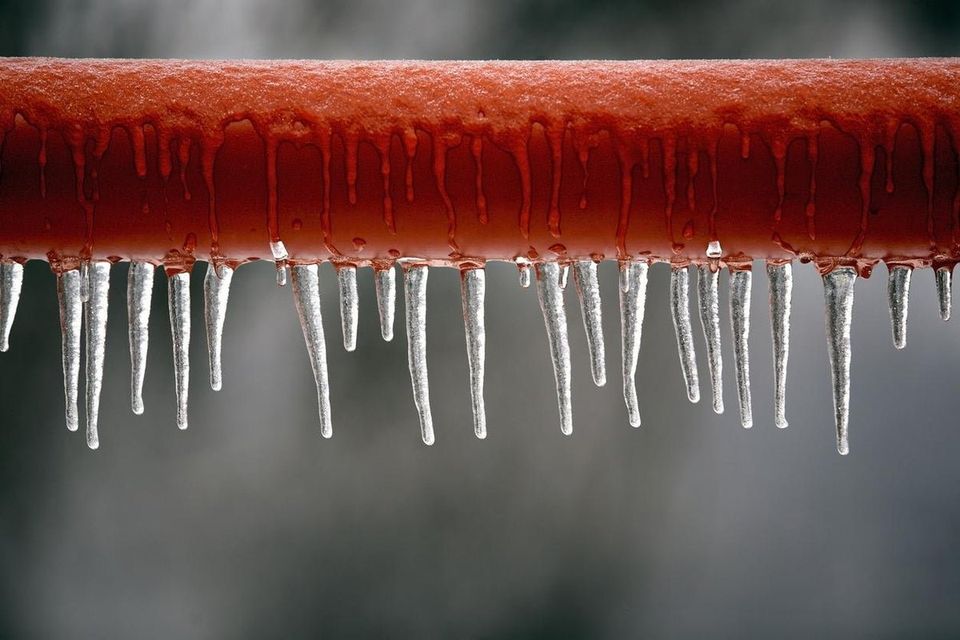Advice for Preventing Frozen Pipes in Cold Weather: Specialist Insights
PricingWe have uncovered this post relating to How To Avoid Freezing Pipes listed below on the web and believe it made good sense to quickly share it with you on this page.

Cold weather can ruin your pipes, especially by freezing pipelines. Below's exactly how to prevent it from taking place and what to do if it does.
Introduction
As temperature levels decrease, the risk of frozen pipelines boosts, possibly causing costly repair services and water damage. Comprehending just how to stop frozen pipes is important for home owners in chilly climates.
Comprehending Frozen Pipelines
What creates pipes to freeze?
Pipelines ice up when exposed to temperatures below 32 ° F (0 ° C) for expanded periods. As water inside the pipes ices up, it expands, taxing the pipeline walls and potentially triggering them to break.
Threats and damages
Icy pipes can lead to supply of water interruptions, home damage, and costly repair work. Burst pipelines can flood homes and cause considerable architectural damage.
Signs of Frozen Piping
Recognizing frozen pipelines early can avoid them from breaking.
Exactly how to recognize frozen pipelines
Search for reduced water circulation from faucets, uncommon odors or sounds from pipes, and visible frost on subjected pipelines.
Prevention Tips
Protecting vulnerable pipes
Cover pipelines in insulation sleeves or use heat tape to shield them from freezing temperatures. Focus on pipelines in unheated or outside areas of the home.
Home heating methods
Keep indoor rooms effectively heated up, specifically locations with plumbing. Open up cupboard doors to permit warm air to distribute around pipes under sinks.
Securing Outside Pipes
Yard hose pipes and exterior taps
Disconnect and drain garden hoses before wintertime. Mount frost-proof faucets or cover outdoor taps with insulated caps.
What to Do If Your Pipes Freeze
Immediate activities to take
If you presume icy pipelines, maintain taps open up to alleviate pressure as the ice melts. Use a hairdryer or towels taken in warm water to thaw pipelines slowly.
Long-Term Solutions
Architectural adjustments
Think about rerouting pipelines far from exterior walls or unheated areas. Include added insulation to attic rooms, cellars, and crawl spaces.
Upgrading insulation
Invest in high-grade insulation for pipes, attic rooms, and walls. Proper insulation aids preserve constant temperatures and reduces the risk of frozen pipes.
Verdict
Protecting against frozen pipelines needs positive measures and fast reactions. By understanding the causes, indicators, and safety nets, homeowners can protect their pipes throughout winter.
6 Proven Ways to Prevent Frozen Pipes and Protect Your Home
Disconnect and Drain Garden Hoses
Before winter arrives, start by disconnecting your garden hoses and draining any remaining water. Close the shut-off valves that supply outdoor hose bibs and leave the outdoor faucet open to allow any residual water to drain. For extra protection, consider using faucet covers throughout the colder months. It’s also important to drain water from any sprinkler supply lines following the manufacturer’s directions.
Insulate Exposed Pipes
Insulating your pipes is an effective way to prevent freezing. Pipe insulation is readily available at home improvement stores and is relatively inexpensive. Pay close attention to pipes in unheated areas such as the attic, basement, crawl spaces, or garage. Apply foam insulation generously to create a buffer against the cold. You can also wrap your pipes in heat tape or thermostat-controlled heat cables for added warmth.
Seal Air Leaks
Inspect your home for any cracks or openings that could let in cold air. Seal any holes around the piping in interior or exterior walls, as well as the sill plates where your home rests on its foundation. Additionally, make sure to keep your garage door closed unless you’re entering or exiting. Leaving it open creates a significant air leak that can lead to frozen pipes.
Allow Warm Air Circulation
During cold snaps, it’s essential to allow warm air to circulate evenly throughout your home. Leave interior doors ajar to promote better airflow. Open kitchen and bathroom cabinets to help distribute heat consistently around the rooms. If you have small children or pets, be sure to remove any household chemicals or potentially harmful cleaners from open cabinets for safety.
Let Faucets Drip
A small trickle of water can make a big difference in preventing ice formation inside your pipes. When temperatures drop significantly, start a drip of water from all faucets served by exposed pipes. This continuous flow helps prevent the water from freezing. Additionally, running a few faucets slightly can relieve pressure inside the pipes, reducing the chances of a rupture if the water inside does freeze.
https://choateshvac.com/6-proven-ways-to-prevent-frozen-pipes-and-protect-your-home/

We were made aware of that editorial about Winter Plumbing Precautions: Preventing Frozen Pipes from a buddy on a different web page. You should pause to distribute this entry if you enjoyed reading it. We take joy in reading our article about How to prepare your home plumbing for winter weather.
Call Today